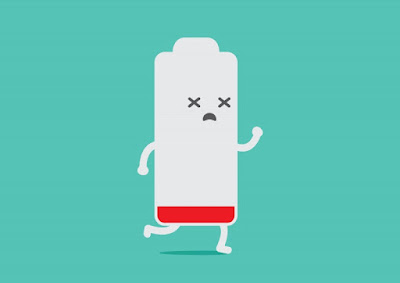If battery rechargers can be used to boost batteries, then why recondition them? Many people often believe that reconditioning and recharging are the same. The two terms are however different. Recharging allows a battery to function again for a short time while reconditioning restores a battery to its full capacity.
Reconditioning a battery is also a method that helps to remove the sulphation through additives or resting the battery for some time Furthermore, battery chargers are used only for charging but cannot remove sulphation on them. Once reconditioned, batteries regain their performance.
The following are tips on how to recondition batteries at home:
1. Lead Acid Battery - These type of batteries are used mostly in automobiles. They have an indicator built in them that shows their conditions and power levels. If the condition is poor, most owners replace their batteries. However, this solution is very expensive. The recovery process involves placing an Epsom salt solution into the battery cells. After this is done the battery needs to be recharged on a slow cycle for a 24 hour period. It should be noted these batteries contain sulfuric acid and the reconditioning process can be very dangerous if not done safely. Caution:* Car batteries are dangerous to the environment and human because they contain sulphuric acid. * You should work always at a well-ventilated area* Avoid working around or near open flames.* Always wear rubber gloves and safety goggles.* You should wash your hands immediately with plenty of water if you come in contact with the acid.
2. Lithium Ion Batteries - These are the batteries commonly use to operate electronics such as laptop computers, smartphones, and power tools. They hold a lot of charge in spite of their small size. If the battery is draining extremely fast or can't hold the charge, the problem can be fixed through a full recharge. It involves completely draining it and keeping it charged for two or three days.
3. Nickel Cadmium (NiCd) cells- These are batteries which are mostly used in equipment. They are reconditioned through the process of cycling. The process involves charging and uncharging the battery through its operating period. Some of the battery manufacturers in the industry have also invented rechargers with an option if reconditioning. They are an alternative to preconditioning your batteries in the fridge and are more efficient. An example is the Cheetah Universal Smart Charger with MP2000 Cups. In conclusion, reconditioning batteries can save money by extending a battery's life.
Using them can be time-consuming but the end result is worth it If these methods are not sufficient enough for you, there are other different methods that you can use to recondition the different type of batteries we use in our daily lives. You can find them online through research to help you on how to recondition batteries at home.
